What is lost, what is found | Emily — has anything changed?
This is my experience, nine months into living in an isolated setting such as Kalaupapa, I reflect on what didn’t seem to change, and what really did.
First, I need to introduce myself. Emily Creek, Oral history and anthropology intern at Kalaupapa National Historical Park. Four images of me during quarantine/self portrait:
Now, I welcome you to listen and learn about my personal experience with COVID 19 while living and working in Kalaupapa.
“Kalaupapa is a peninsula off of the island of Molokai. It is essentially this flat peninsula, with 1500-1600 sea cliffs—the largest/tallest sea cliffs in the world—that separate it from Topside Molokai. And then of course the ocean surrounds it. ”
“And in coming to Kalaupapa, I gave up a lot of the things that most of my friends on the mainland and in Europe began mourning come mid-March.”
“The shock really came of course, when we decided we had to close down to keep the patients safe. So, this is where being in Kalaupapa has been a weird and very unique place of reflection. So in 1866 [...] made Kalaupapa the place of forced isolation for those inflicted with Hansen’s disease. Better known to many as leprosy. ”
At first, it didn’t feel much had changed. We felt safe and isolated. But, eventually the Department of Health imposed stricter rules, to ensure a habit of safety. Thus the social life of Kalaupapa and promise of community at first seemed to float away with the wind. Then, new moments of community began popping up: delivered meals and cookies; opportunities to help clean things for the church and for Aunty; waves that now mean the world. We are preparing to bring more workers back, and our rules will be strict for a while—the protection of the patients and this community still the most vital.
As i began to spend more time alone, I realized my privilage at being in this place…so I focused on not letting that pass me by. On soaking up the peninsula and its places and stories—and my body’s ability to take me around.
“Finding ways to really—show gratitude [...] that I’m in Kalaupapa. Being outside as much as possible. ”
I used to need a buddy. To swim, to cook, to go star gaze. I’ve been trying to be bolder. Not that I don’t still want a friend or partner to experience things with, but that I can see the beauty solo.
“Being brave and realizing that I can do this alone, and this is my chance to.”
My artifact:
As mentioned in my interview, I have been journaling for at least fifteen year, but this green journal I have now is also a document to living in Kalaupapa during a global pandemic. Below are some of the entries I’ve made since things really picked up. As you can see, there are moments of WTF and moments of beauty. Moments of alone and fear, and moments shared with the one person I have physical contact with still within the Settlement:
“My journal that I have now is almost all COVID—it starts maybe a week or two before things really went down. ”
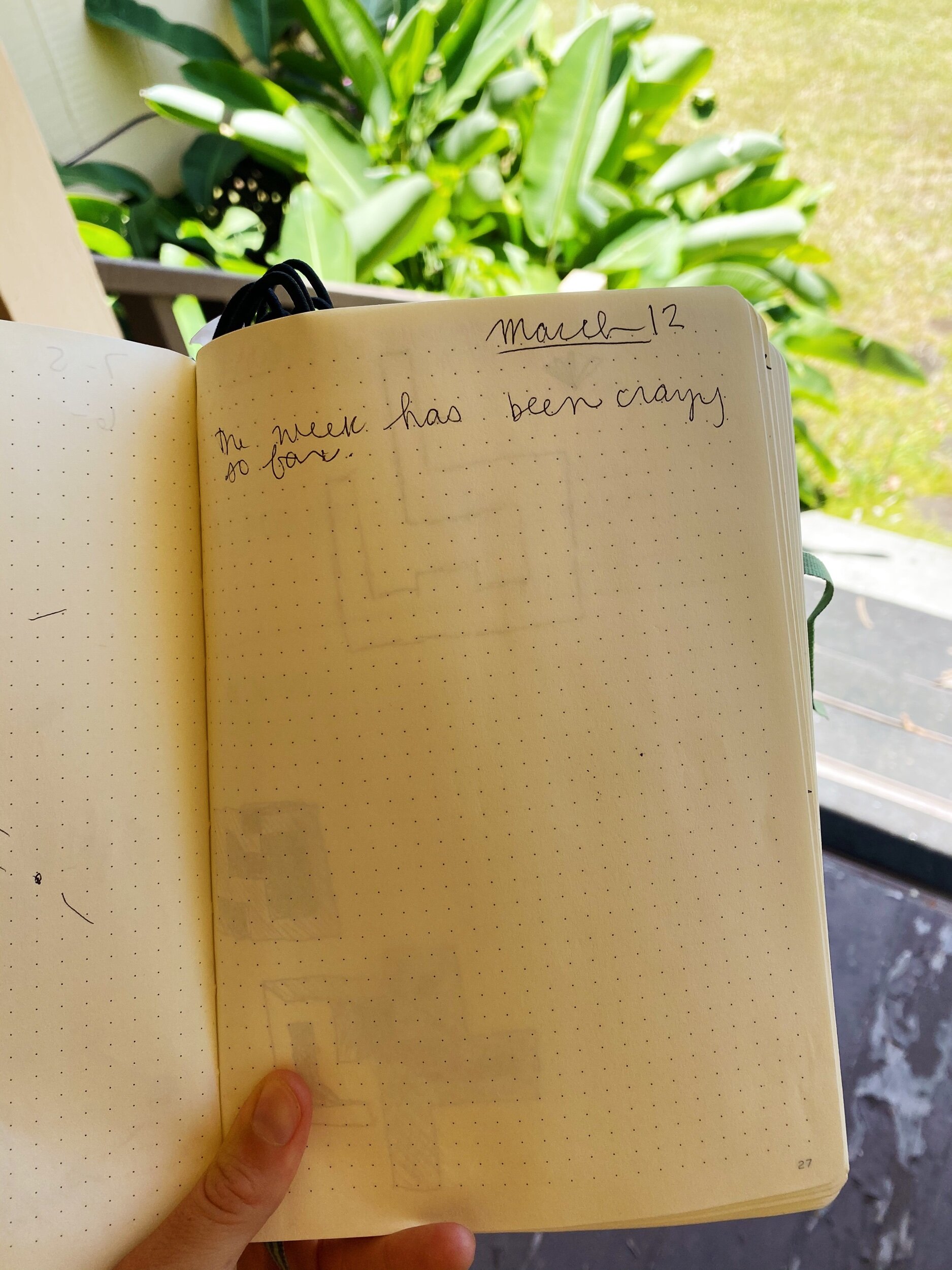
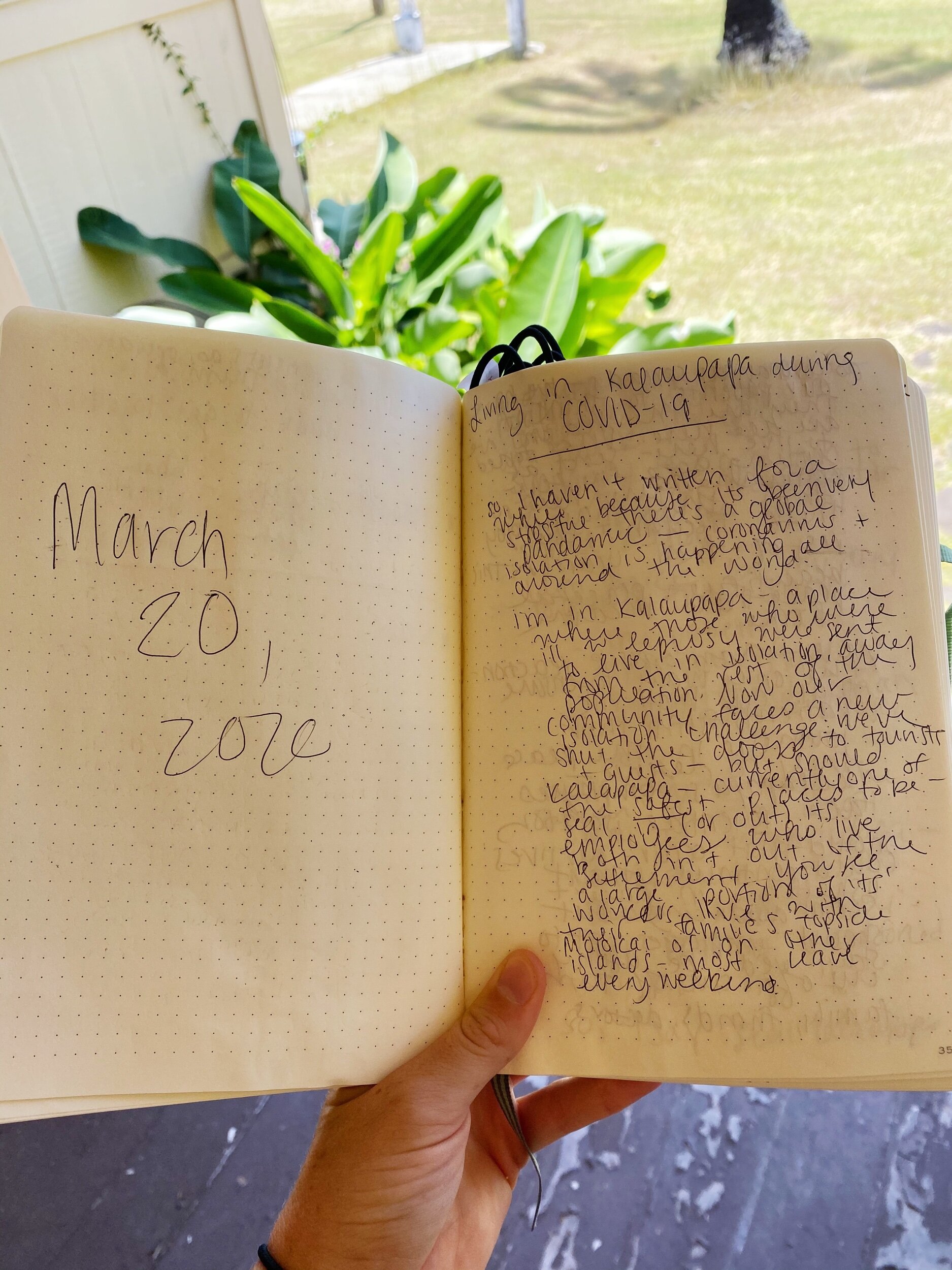
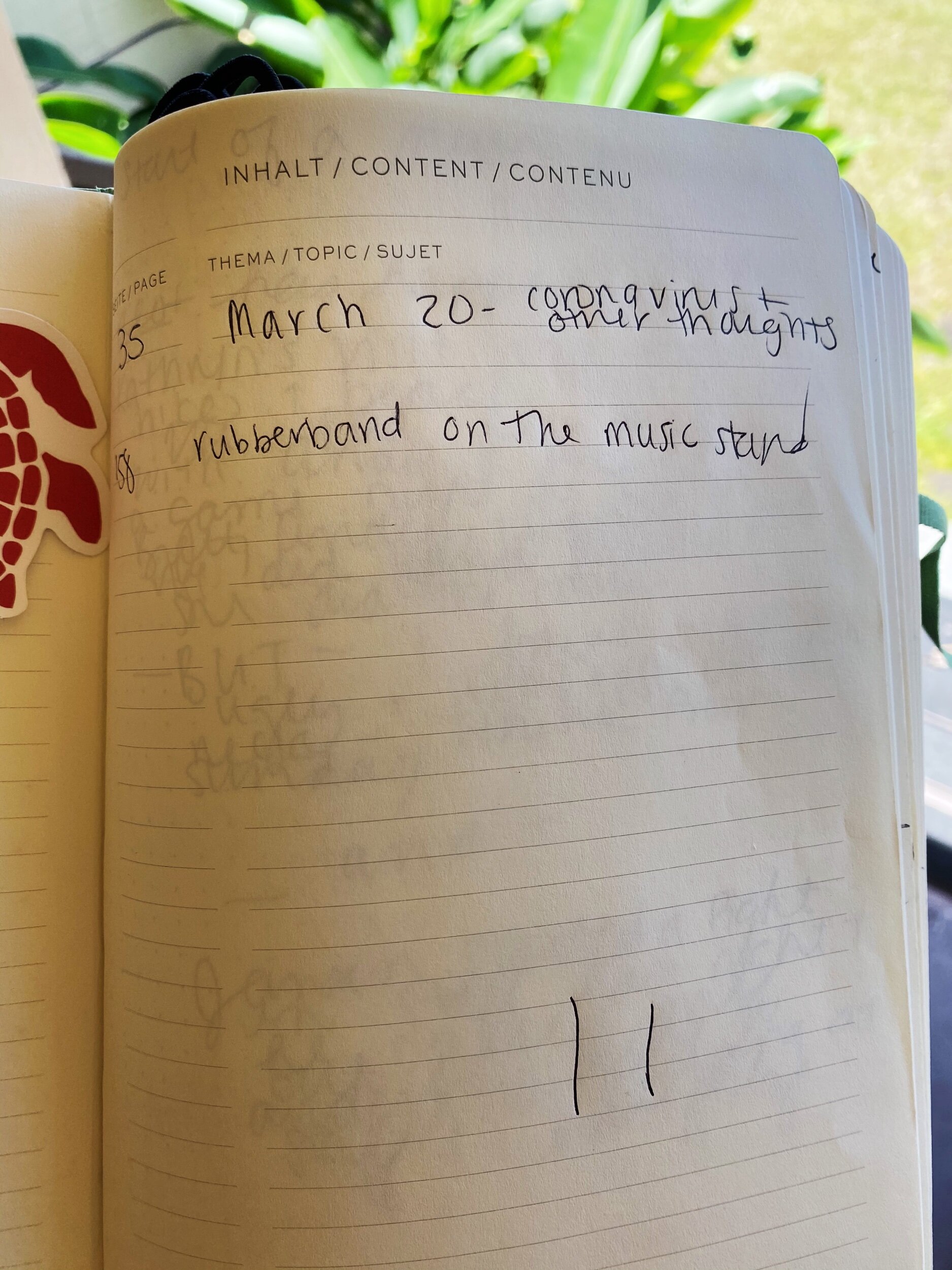
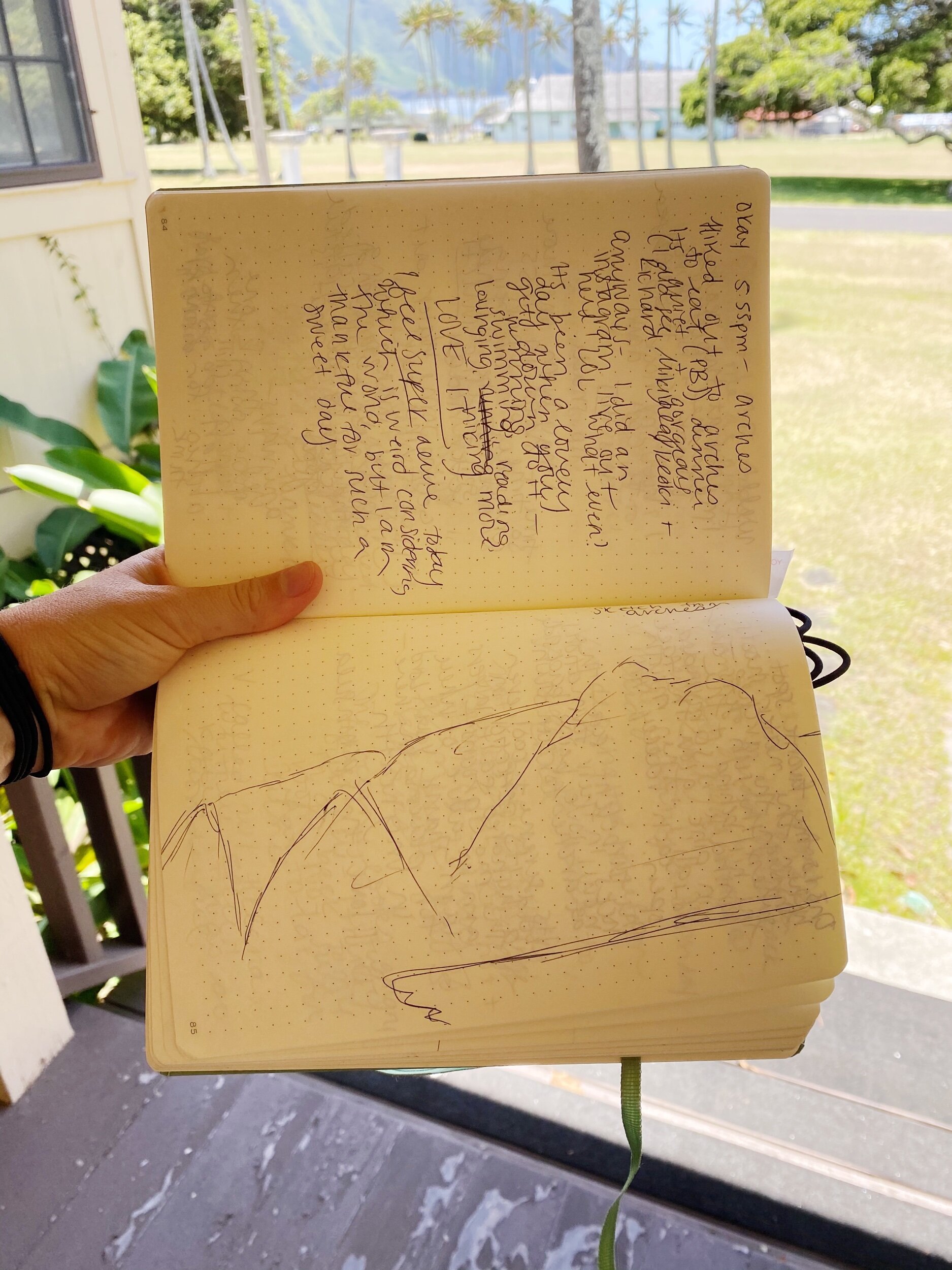
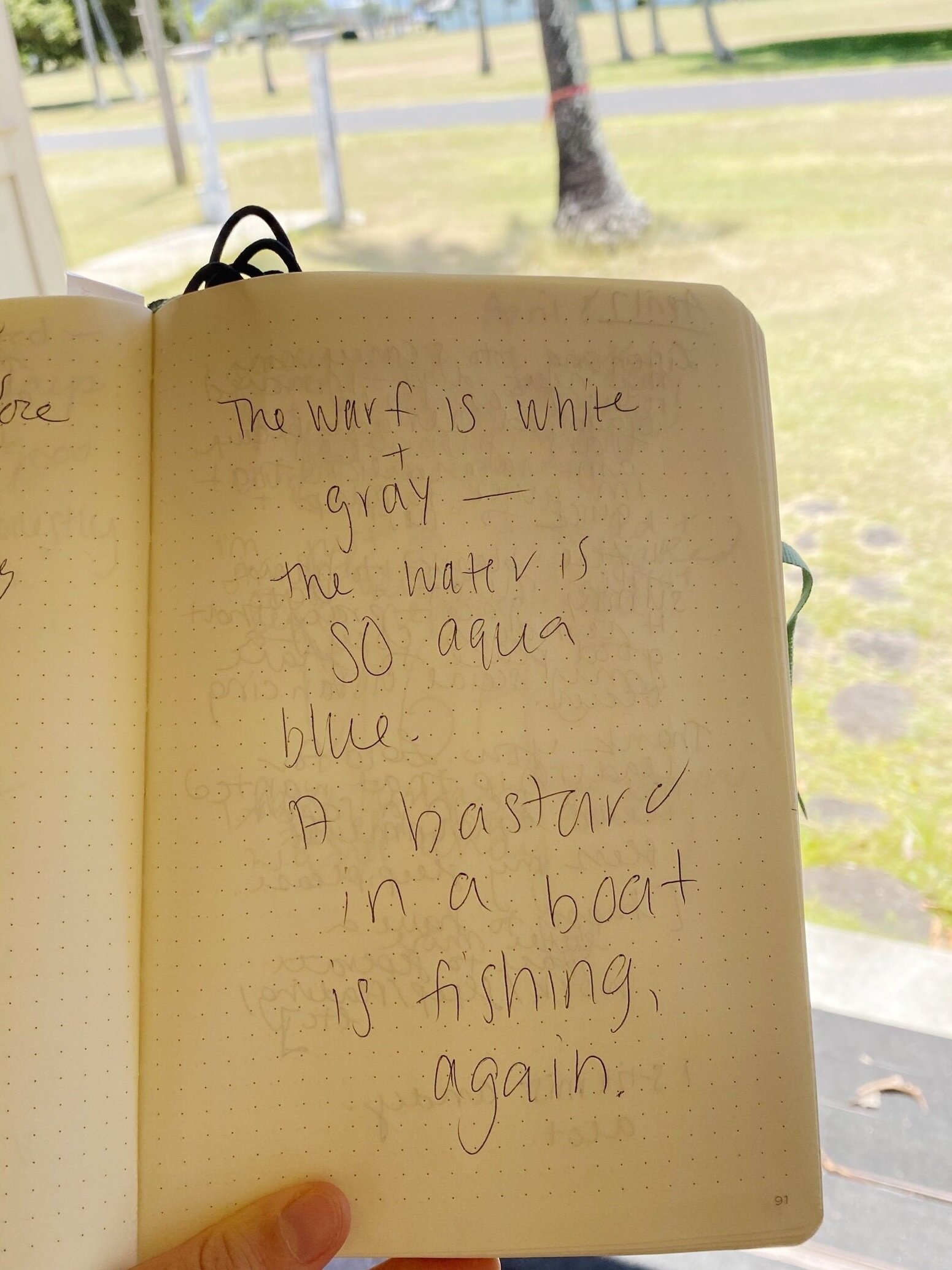
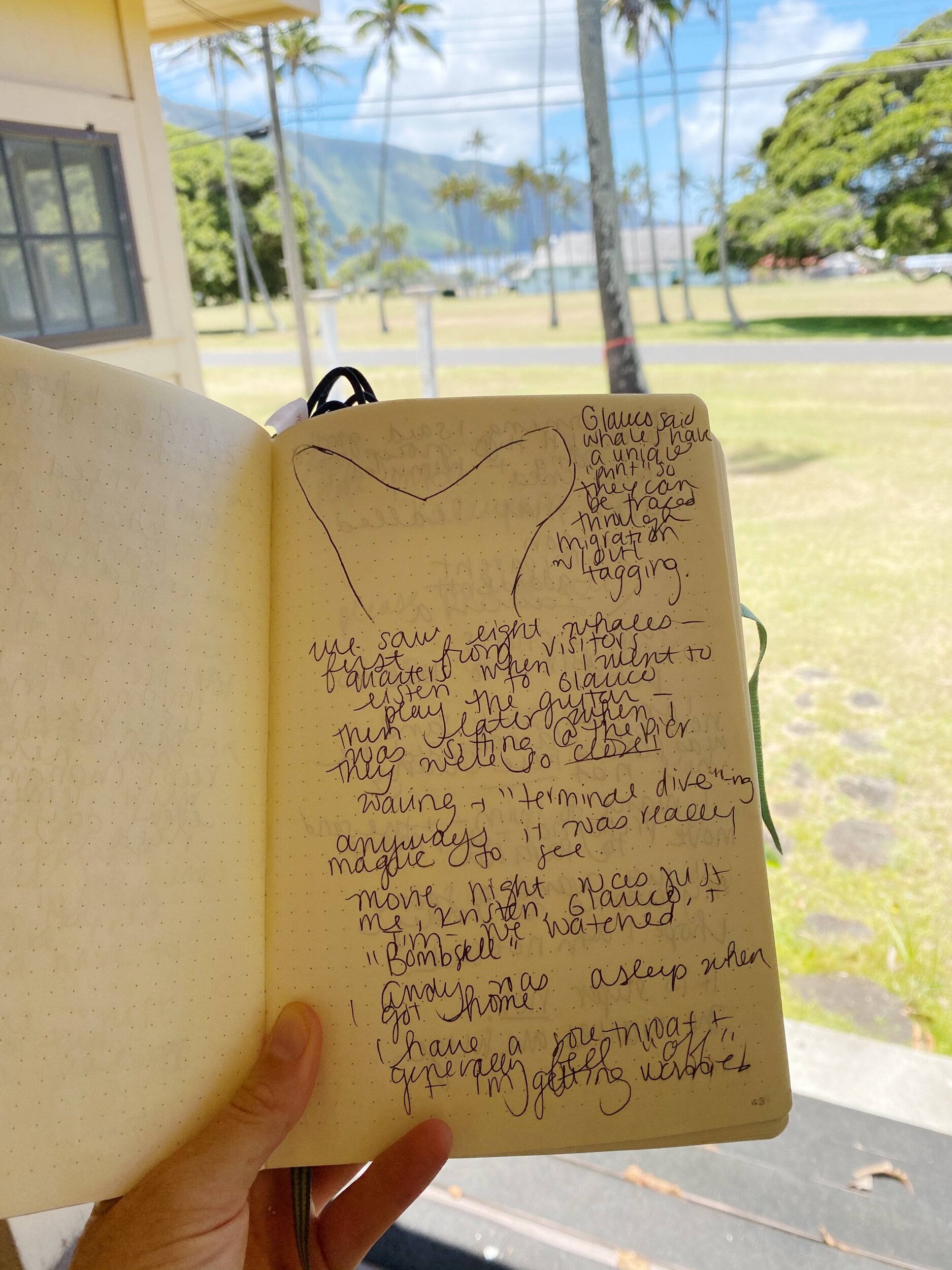
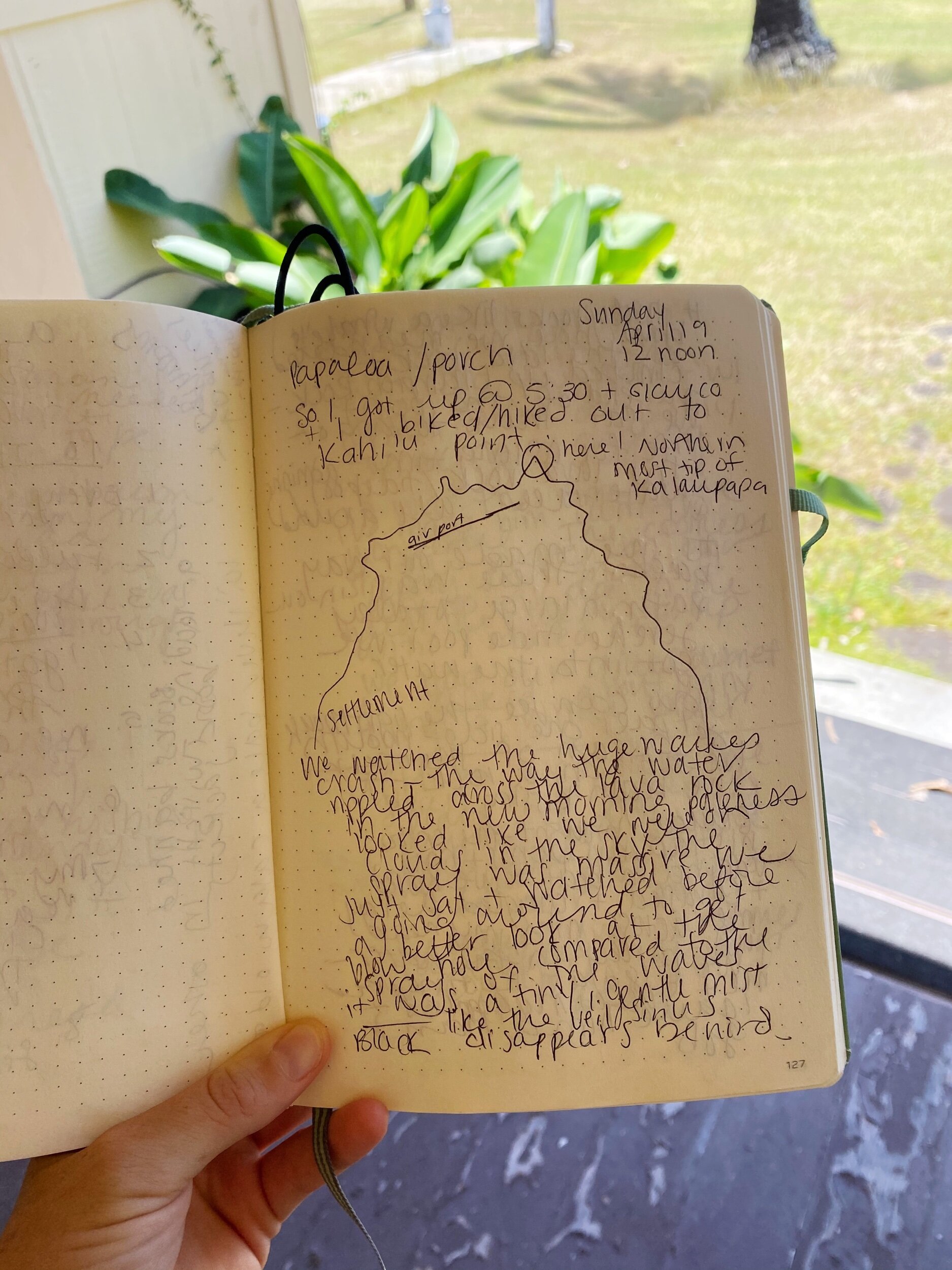
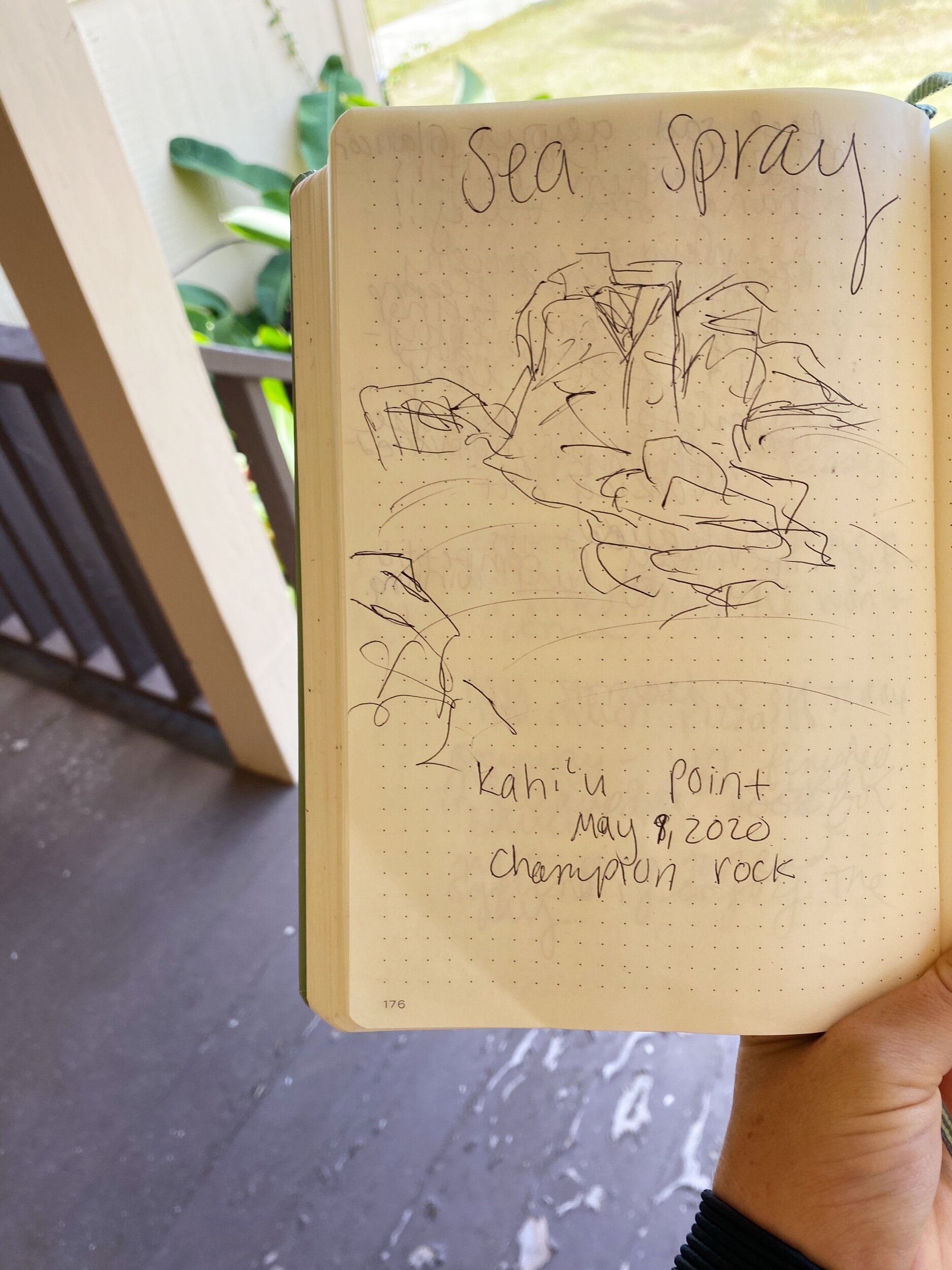
A final thought from my perspective: As I watch the states and cities open up, people not wearing masks etc, I am gripped with fear. Fear for my family and friends, especially those who have to go to work. Two things:
Where I am located I am enveloped in community (not in person currently) but the culture here is protect the kupuna (elderly), protect the community, islands are vulnerable for numerous reasons.
I also do not understand what it is like on the mainland, I am shocked by decisions in part because it feels like I am watching this all through a lens, not experiencing it the same way. So I feel almost like I am watching a game where I feel the wrong plays are being made. Does that make sense? My life has been altered in interesting ways, as mentioned in my “interview”—being brave and trying this alone, missing my community, and positively—spending more time chatting with friends on mainland since the whole world was/is virtual. But I am not living the transitions (yet) the same way my friends are.
I just have been noticing that my reactions to news have been interesting, and through great friends learned a bit more what their experiences are. That is why I am doing this oral history archive—because there are many experiences of this time. I can’t know or feel them all, just the one I am living. And each story through this winter/spring/summer is important to hold—we can learn the most through the most stories. So, I am excited to get going.

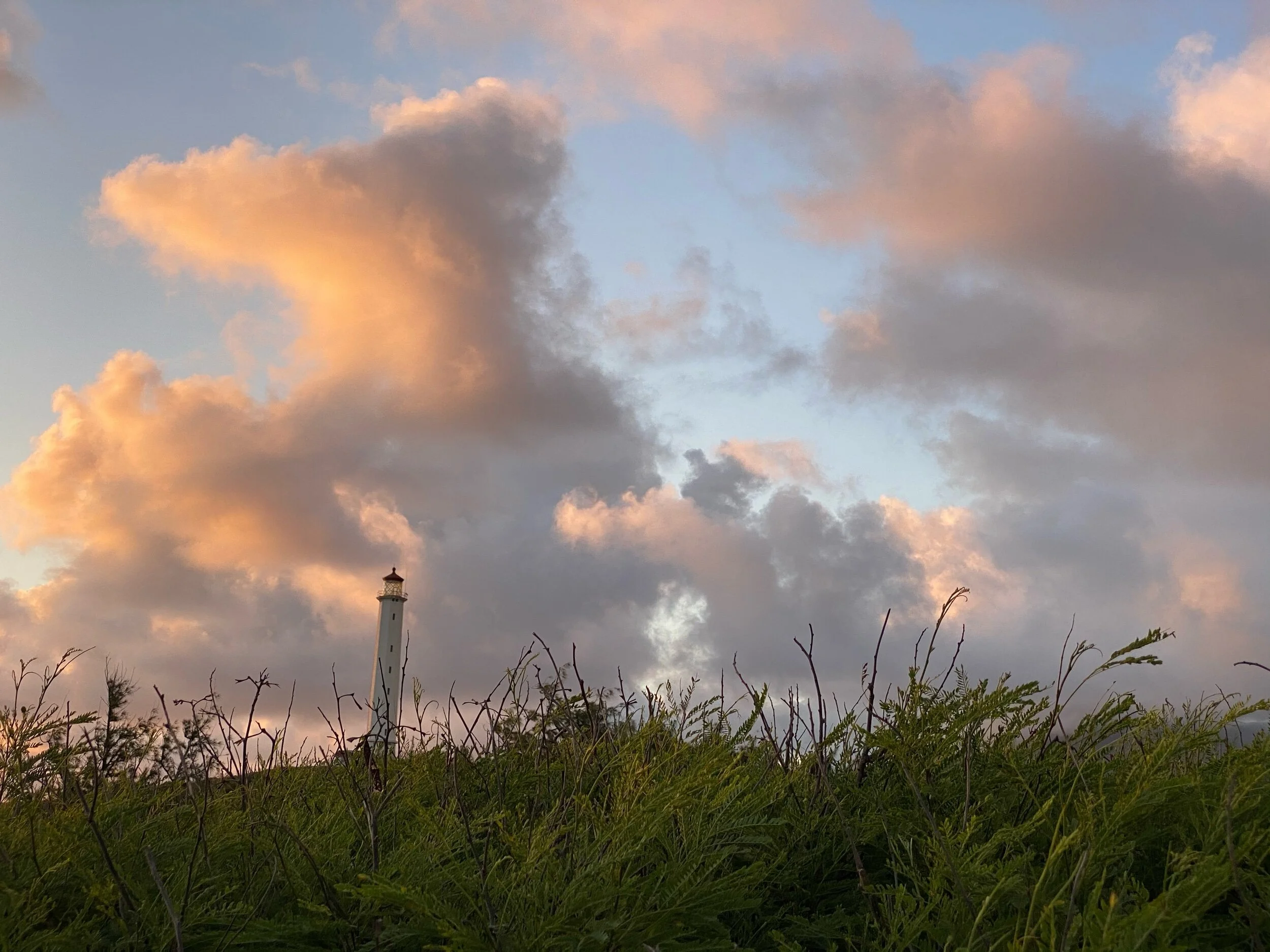






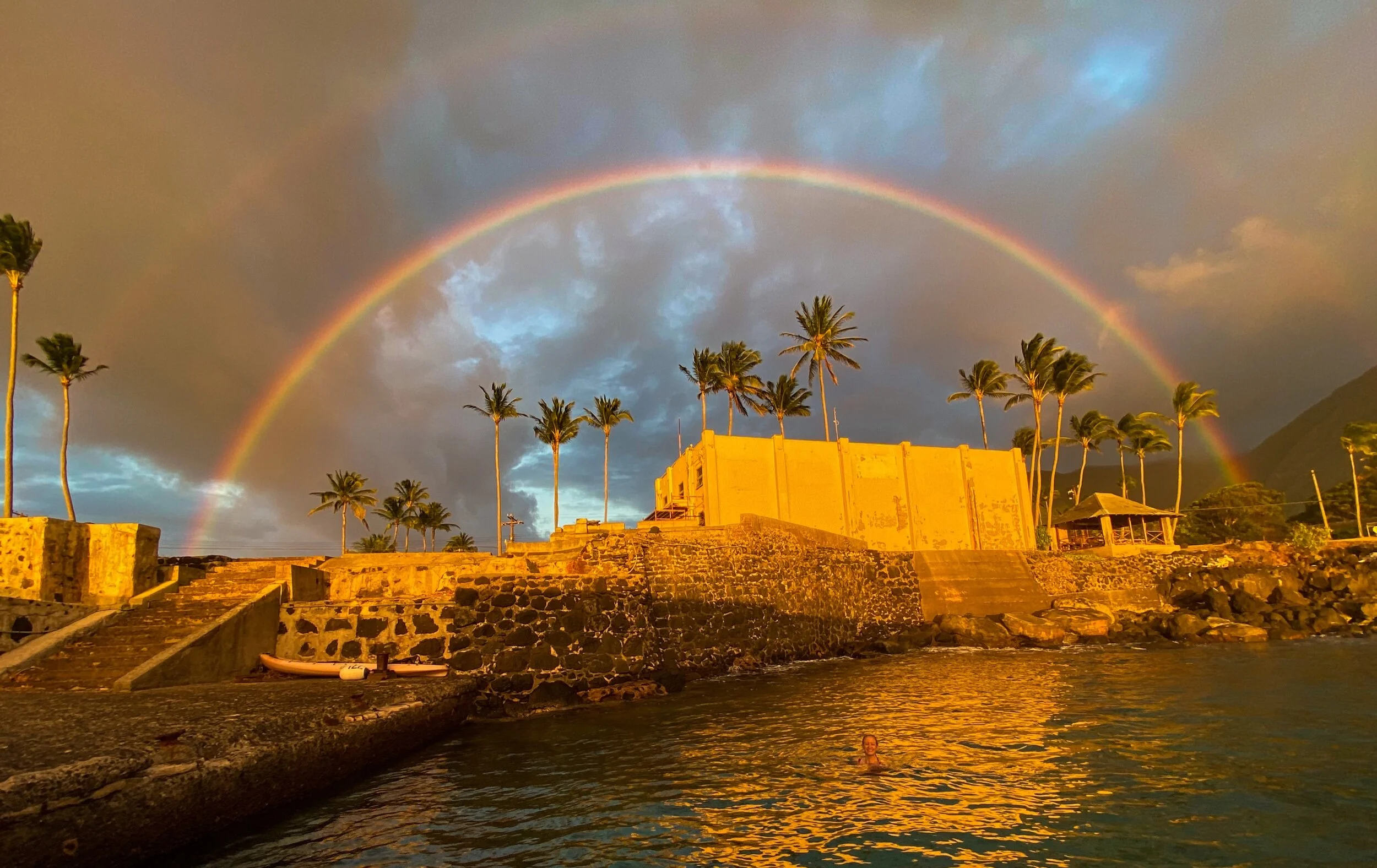
![Coming Soon: What is lost, what is found | Oral History [in moment] of COVID-19 and Tethering Selves to Normalcy](https://images.squarespace-cdn.com/content/v1/5a00ed5b914e6b9803131c5e/1589916868060-70F24KELSX9METSF8FPF/photo1.jpg)